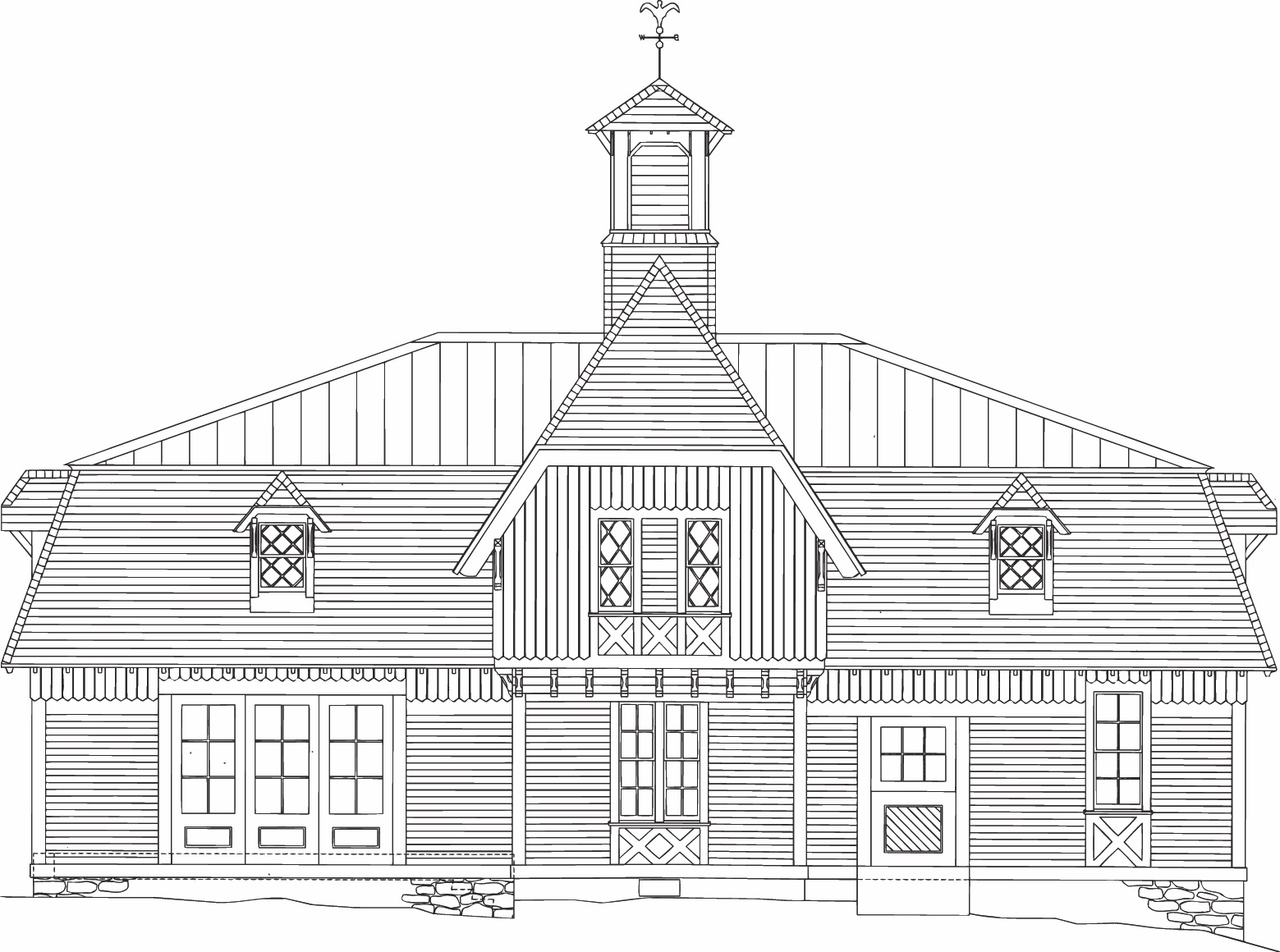Preservation
A primary component of Greenvale’s mission is the preservation of it’s historic grounds and structures. While the vineyard operates to preserve the historic landscape, the buildings at Greenvale have been maintained and restored to provide visitors a cultural time capsule of historic New England.
Architect rendering Wilson Architects 1999

